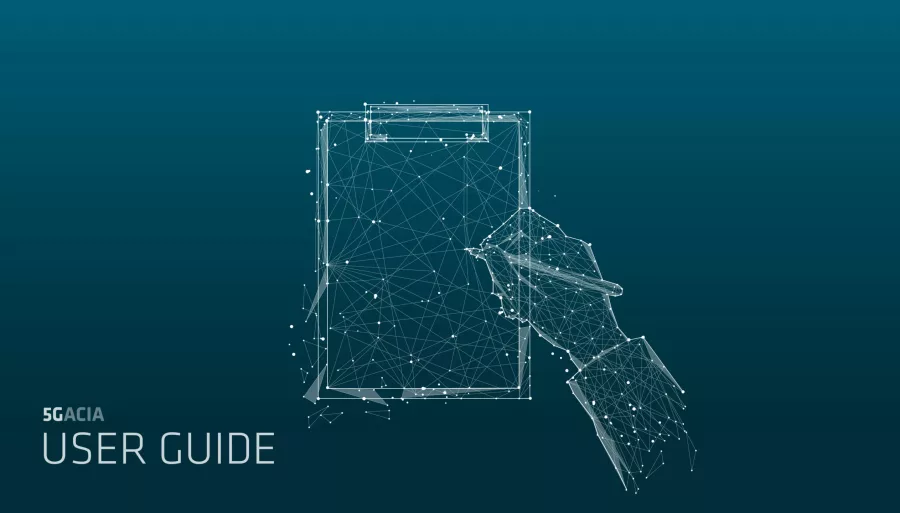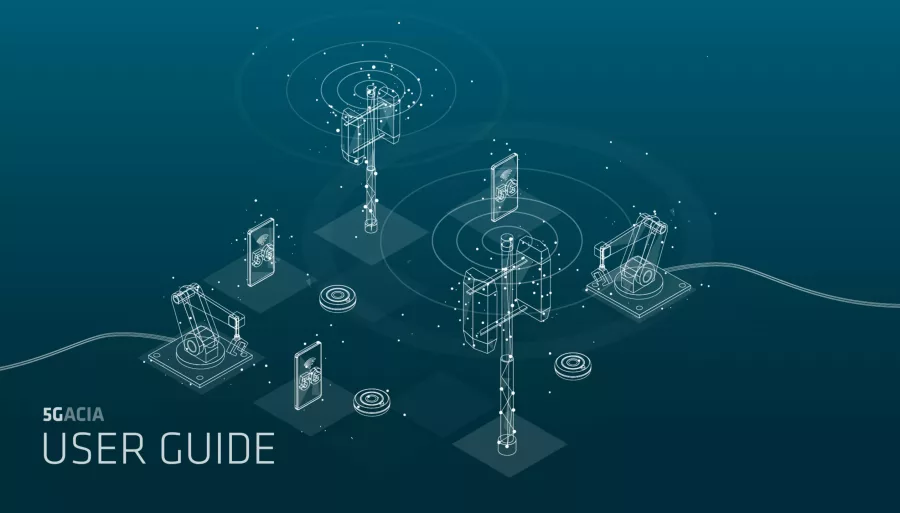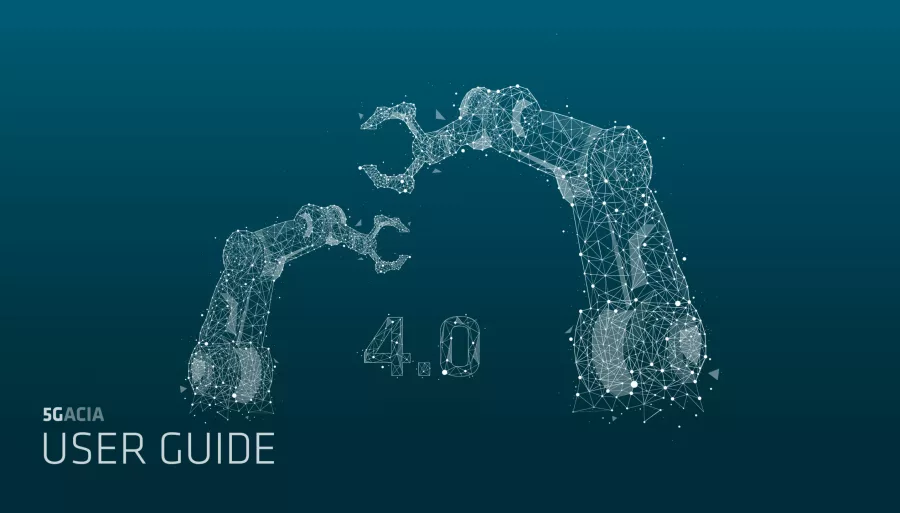The various interacting components within a closed control loop—such as sensors, actuators, and control units—require fast and reliable communication. In process automation, these components are typically spread across larger areas compared to discrete manufacturing environments. Given this, wireless communication is a suitable solution, but several critical requirements must be met: availability, reliability, security, and confidentiality of communications. These are all key features of 5G and essential for the process industry.
Example: Controlled Conditions in a Chemical Reactor
The increasing demand for production efficiency and product quality necessitates precise control of manufacturing processes. Pumps, valves, heaters, coolers, stirrers, and other components are continuously monitored by sensors measuring parameters like flow rates, temperature, and pressure to ensure that conditions within the reactor remain within tight thresholds.
Remote monitoring for process automation involves communication for observation, diagnosis, and monitoring, which may include the use of public networks. However, certain sub-processes (specific process steps) may require dedicated non-public networks. As a result, effective monitoring of the overall process depends on capturing information from all these individual non-public networks.
Example: Oil/Gas Field
In the oil and gas industry, equipment is distributed over vast geographical areas, such as oil fields. Data on the efficiency and operational status of wells, assets, and devices are captured by sensors for remote monitoring. Due to the large distances involved, wired communication is not feasible. Availability, reliability, and communication security are critical for the entire communication chain. Additionally, battery operation must be considered in some cases due to the lack of an on-site power supply.





